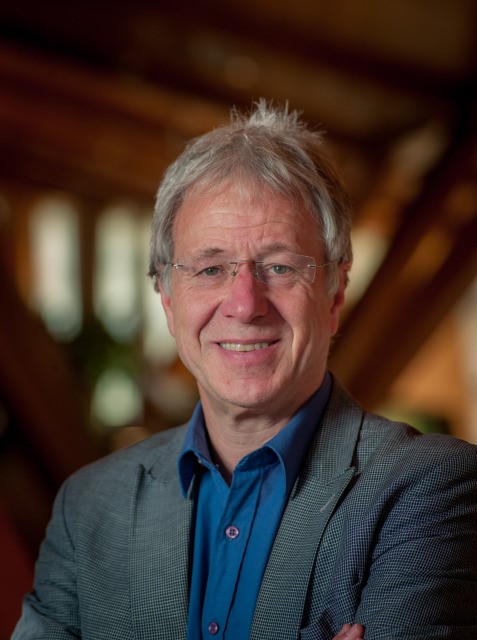SmartAgriHubs: more than a project
Vegetables Novel Foods Fruit Dairy Arable Aquaculture Animal Production SmartAgriHubsA project is designed to reach a clear target and then it should end. SmartAgriHubs is financed as a project but is a community of people, and it works as an ecosystem where there are rich interconnections among different actors and partners.
Most H2020 projects have a consortium of 20, sometimes 40 partners from all over Europe. SAH is somewhat different: starting with officially 172 partners - real partners who are ready to pay the extra administrative burden of it because they know about the benefit of SAH.
Above that SAH established a network of Digital Innovation Hubs (DIHs), currently 220 Hubs. And we have a close connection to IoF2020 (Internet of Food & Farm 2020) with 120 partners. So we come to hundreds of organisations, working closely together and growing every day.
 SAH is a real ecosystem
SAH is a real ecosystem
An ecosystem in nature is based on many types of interactions: pollination (including ways to attract the pollinators), predation (and tricks not to be the target of it) and symbiosis, which contains mutualism (like N fixing bacteria and legumes), but also parasitism.
In the SAH ecosystem, all such interactions occur. In general, different partners from various background (academics, start-up, NGO’s, ICT companies, suppliers, producers, farmers, etc.) come in the ecosystem to get innovations further. It is extremely rewarding to meet people willing to do the extra step for the common goal. At the same time, competition and parasitism can frustrate further development, but that also has a function: survival of the fittest, resilient in a dynamic environment.
Chance for diversity and resilience.
One of main characteristics of an ecosystem is succession: in a new unoccupied habitat, first the pioneers survive. Later more species come in, and with this diversity the system becomes more stable: all individuals find niches and develop a variety of survival and reproduction mechanisms. So, the system is resilient in different changes in circumstances. When we give the communities enough chance to develop, they reach the climax.
In SAH, we meet these pioneers, they continue with their innovation, even in difficult situations. The essence of the DIHs is to increase their chance on success, by connection of a diversity of partners providing all kinds of support: Competence Centers (CCs), the right Suppliers, link to Clients, all kinds of Advice from the Regional Clusters, etc. Also, the continuation of the IoF2020 network in SAH is undeniable a kind of succession.
You cannot push an ecosystem to the climax, you have to give the individuals and their interaction the time to grow and develop to maturity. Same for the ecosystem of SAH: give it enough chance to develop, then the ecosystem reaches the climax, with many new opportunities and a dynamic community.
SAH will end, but how to continue the ecosystem?
In the workplace, from the start, SAH was designed to empower the DIHs. Together with the CCs and partners, they will continue to make the connections between stakeholders for innovation. The question is: how can these DIHs and CCs continue to reinforce each other in this valuable work, how to enhance the overarching dynamics?
I think it is a matter of taking chances: SAH already gave input to projects that aim to improve an easy and continued access to knowledge from Multi Actor Projects, like Eureka. Also, SAH is open to combine it’s huge network by sharing tools, like the Agricultural Technology Navigator, the Maturity Assessment and the Innovation Platform feature with other projects like AgROBOfood. SAH supports the EHUB initiative, to enhance the effect of DIHs. Plus, the SAH consortium can design effective approaches for new EU challenges, like for the Green Deal call.
